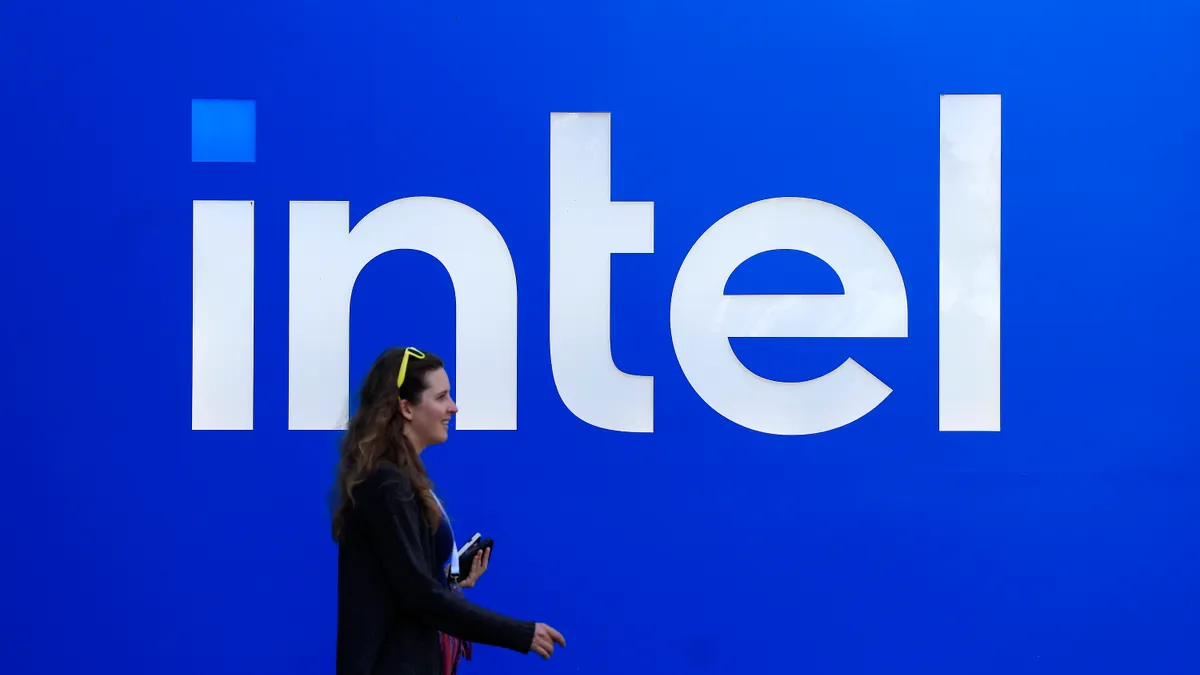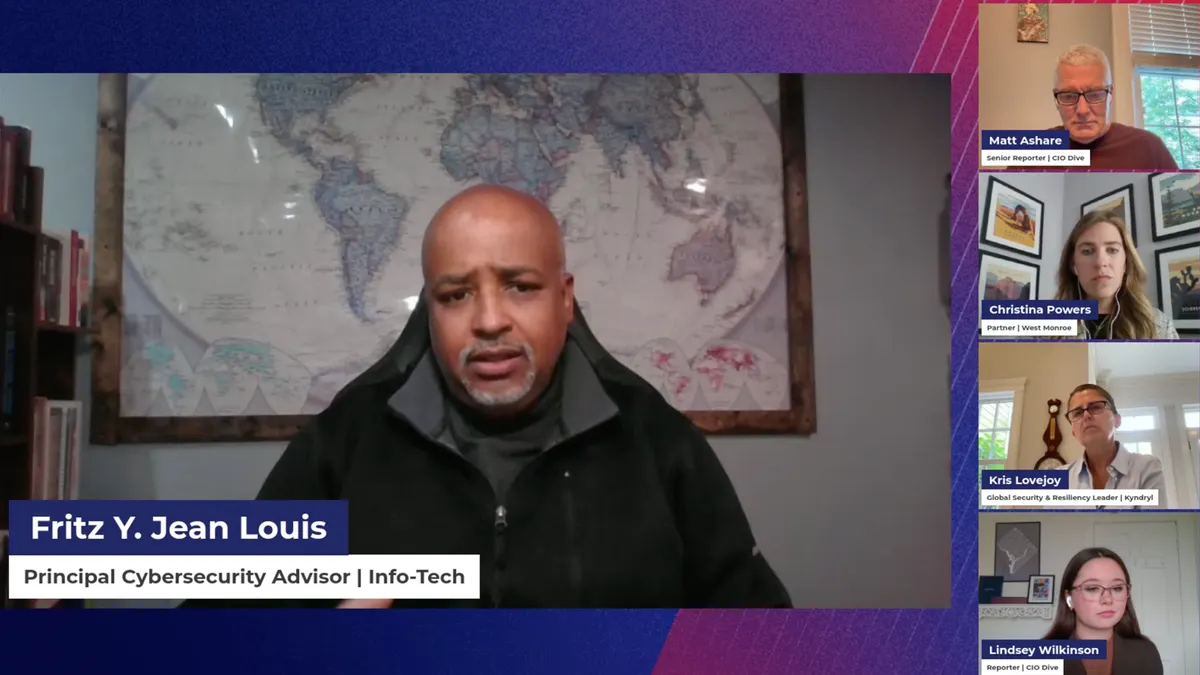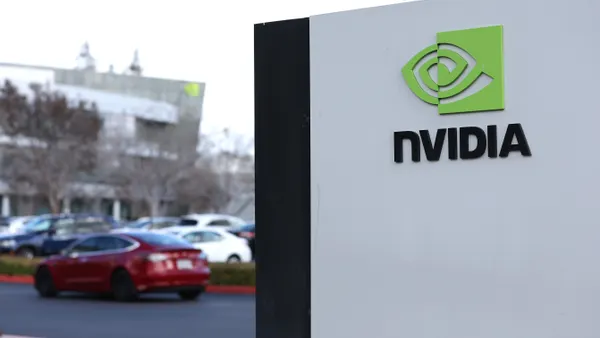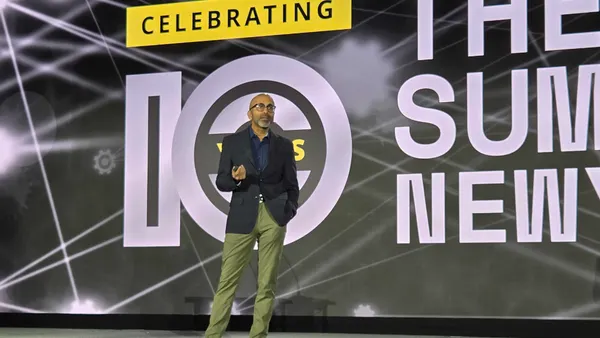Dive Brief:
- Intel leaned on its PC and server division to offset losses in its foundry unit during the second quarter, executives said during a Thursday earnings call. The chipmaker reported $2.1 billion in operating income for its Client Computing Group segment and over $3 billion in operating losses for Intel Foundry in Q2 2025, which ended June 28.
- Revenue growth at the troubled legacy tech provider remained flat year over year for the second consecutive quarter even as its Data Center and AI unit revenue increased 4% to $3.9 billion and Intel Foundry grew 3% to $4.4 billion. Client Computing Group, which includes PC chipsets and processors, was the company’s largest revenue generator despite a 3% year-over-year decline to $7.9 billion.
- The second quarter saw Intel initiate a major overhaul launched when industry veteran Lip-Bu Tan was appointed CEO in March. “We are implementing a plan to reduce our headcount by approximately 15%, and we plan to end the year with a global workforce of about 75,000 employees,” Tan said in a Thursday letter to employees. A significant number of cuts, which included a 50% reduction in management layers, were completed in Q2, said Tan.
Dive Insight:
As the AI adoption race became a sprint last year, Intel quickly lost ground. The 57-year-old company ceded its leading position as the semiconductor industry’s top revenue generator to Nvidia and fell into the third spot behind Samsung Electronics last year, according to Gartner.
The shift was largely due to surging demand for graphics processing units to fuel a global AI infrastructure building boom and a spike in the memory chip market, Gartner VP Analyst Gaurav Gupta said in the report.
While Intel held onto its dominant market position in central processing units that power traditional compute, the company overextended its manufacturing ambitions, Tan told investors Thursday.
“The capacity investments we made over the last several years were well ahead of demand and were unwise and excessive,” Tan said. “I do not subscribe to the belief that, ‘If you build it, they will come.’ Under my leadership, we will build what customers need, when they need it, and earn their trust through consistent execution.”
The company canceled plans for plants in Germany and Poland, slowed construction on an Ohio facility and will shift the assembly and testing operations to Vietnam and Malaysia from their current location in Costa Rica, Tan said.
The Ohio manufacturing plant was one of several sites included in a $7.86 billion CHIPS and Science Act grant to Intel finalized in November, just days before CEO Pat Gelsinger retired and handed the reins to Tan’s predecessors, interim co-CEOs David Zinsner and Michelle Johnston Holthaus. The federal grant was also directed toward Intel buildouts in Arizona, New Mexico and Oregon.
As Intel restructured its foundry division, the sluggish PC market regained traction during the first half of the year. Shipments increased 4.4% year over year during the second quarter, fueled by enterprise demand and shifts in U.S. trade policy, according to a Gartner report published earlier this month.
“PC shipments are forecast to rise 2.4% in 2025, propelled by a tariff-driven front-loaded inventory surge in the first half of 2025 in the U.S. and ongoing Windows 11 replacement cycles,” Gartner Research Principal Rishi Padhi said in the report.
Lenovo, HP and Dell, which together command almost two-thirds of the PC market globally, were among the major suppliers that deployed Intel’s AI-capable Core Ultra processors in products last year. In December, Intel expanded its AI processor portfolio with enterprise-grade Arc GPUs and accelerator chips.
Further AI upgrades are in the works, according to Tan.
“In the past, we approached AI with a traditional silicon and training-centric mindset without a cohesive silicon systems software stack and strategy,” he said. “We recognize the need to move up the abstraction stack into system and software. This is the area where Intel has traditionally been weak or entirely absent.”















